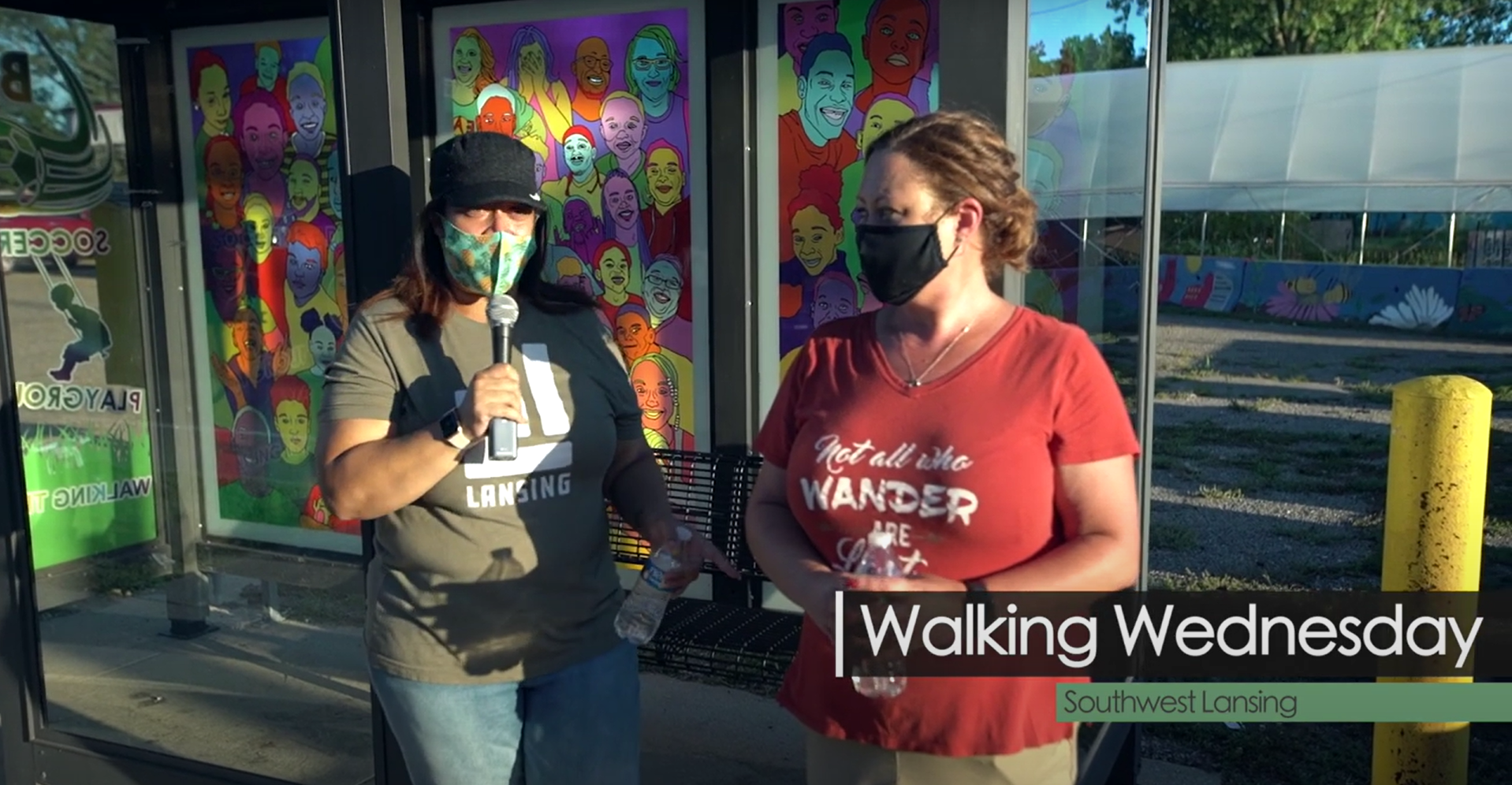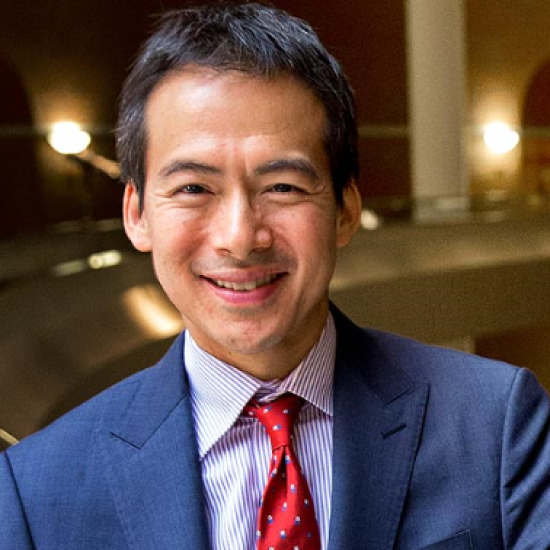Introduction
Lansing native Andi Crawford returned home and took over a mismanaged and outdated neighborhood grant program, revamping grant processes, bringing in new money and capacity, and expanding eligibility.
This shift became just one element of much larger project, championed by incoming Mayor Andy Schor, that centered neighborhoods as the starting point for community building and civic engagement. His first executive order established a department of neighborhoods and citizen engagement (DNCE) with Crawford at the helm. With a small but mighty team, Crawford created a portfolio of programs and activities to build and foster neighborhood spirit, civic pride, and resident engagement. When COVID-19 arrived in Lansing in 2020, the DNCE worked tirelessly to push out information, connect residents to support, and shift its activities from in-person to virtual.
Looking ahead to 2021, Crawford felt the time had come to hand over the reins to DeLisa Fountain, a former community organizer who had been working as the DNCE’s neighborhood resource officer. Fountain prepared herself to take on the new role in an uncertain environment. What could she do to keep residents engaged, connected, and safe amid lockdowns and political unrest?
Guides for using this case are forthcoming.
Learning Objectives
This case aims to help students and city leaders:
- Understand the democratic goals of civic engagement, including building relationships and advancing equity.
- Ask and answer key design questions for planning engagement efforts.
- See the breadth of options for civic engagement and make strategic choices.
- Assess and troubleshoot civic engagement efforts.








